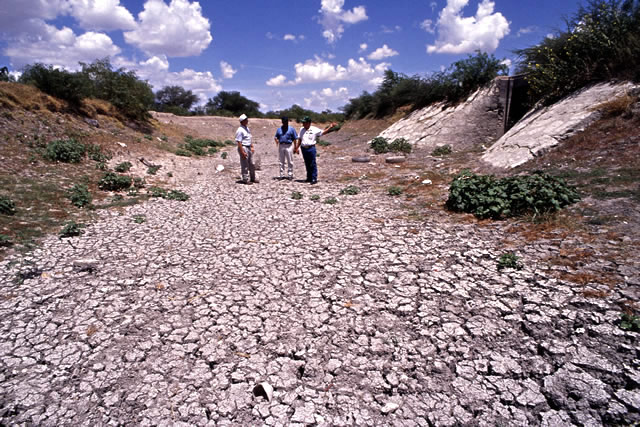I’ve gotten some emails lately asking about how to report dry conditions and drought so that the Drought Monitor authors recognize that things are getting crunchy here in parts of the Southeast. Here is a refresher on what sites you can use to do it:
There are a lot of different tools for monitoring drought listed at https://drought.unl.edu/Monitoring/DroughtMonitoringTools.aspx.
For reporting drought, there are two different websites. Both appear to be current, so they most likely talk to each other, although I am not sure. The original Drought Impact Reporter is at https://droughtreporter.unl.edu/map/. You can find the link to submit a report right on the top menu. It is pretty quick to do. I don’t see any reports for most of the Southeast other than Florida right now. I get an error message, looks likes their map is not working properly but I think the reporting should be OK. The newer version is the Condition Monitoring site at https://droughtimpacts.unl.edu/Tools/ConditionMonitoringObservations.aspx. There is a link to submit a report on the home page there as well. It will also allow you to submit a report on very wet conditions.
You can also view the reports at https://www.arcgis.com/apps/dashboards/46afe627bb60422f85944d70069c09cf but I don’t see a way to submit a report on that site.
If you are a CoCoRaHS rainfall observer, you can also do a report on their website for Condition Monitoring at https://cocorahs.org/Content.aspx?page=condition.
The authors of the Drought Monitor are very aware of how the reports are being used and have told stories about observers falsifying reports to improve their chances to get USDA payments for forage, so the reports will not “game the system” in favor of them being more likely to get paid. The Drought Monitor is based on a large number of indicators, including rainfall deficits over months to years, which is not very helpful for forage growers who are dealing with short-term droughts, but that is not the purpose of the reports. If farmers send in the reports, sometimes it appears to wake up the DM authors to areas outside of the central US, since that is where most of them are located and where their attention often is, especially right now. Sometimes you might think more reports from one area would cause them to pay more attention, but they tell me this is not always the case, since they figure that some farmer told all his or her friends to send in a report rather than that the drought is actually worse there (even though it might be).
If farmers are seeing issues, then they should submit a report and it will be noted by the DM authors, but they won’t necessarily do anything about it on the DM map if other indicators don’t indicate a long-term drought. The authors won’t know unless someone reports, so anything they can do to make the authors aware of what is going on is good. Just make sure it is based on actual observations and a reasonable assessment of what you are seeing.
